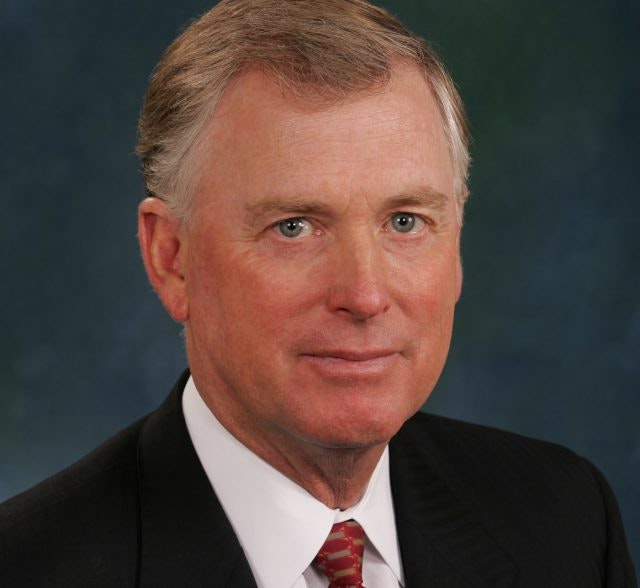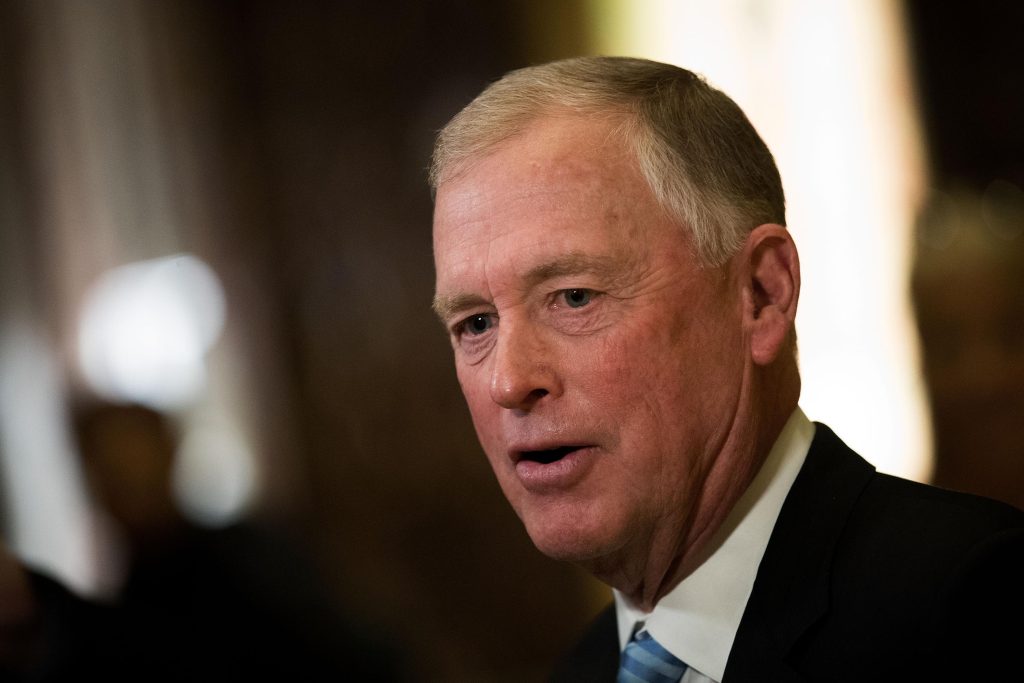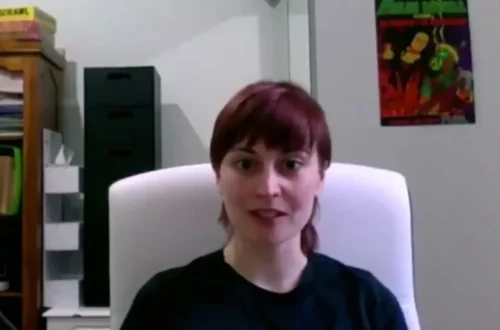When you hear the name Dan Quayle, most people instantly remember his time as the 44th Vice President of the United States, serving under President George H. W. Bush. But what many don’t realize is how multifaceted his career has been beyond politics. Over the years, Quayle has been involved in law, literature, business investments, and advisory roles that have shaped both his public reputation and personal wealth. In this comprehensive article, we explore Dan Quayle net worth, breaking down the key contributors to his fortune, tracing his career journey, and offering insights into how he managed his post-political life to maintain financial success.
Early Life and Influential Family Ties
James Danforth Quayle was born on February 4, 1947, in Indianapolis, Indiana, into a family of notable influence. His maternal grandfather, Eugene C. Pulliam, was a well-known newspaper magnate, owning major publications such as The Indianapolis Star and The Arizona Republic. This media lineage gave Dan Quayle a unique early exposure to both public affairs and business, setting the tone for a career that would straddle both.
Quayle graduated from DePauw University in 1969 with a degree in political science and went on to earn his Juris Doctor from Indiana University School of Law in 1974. These academic milestones laid the groundwork for his entry into law and, soon after, the political arena.

Political Rise: A Rapid Ascent
Entry into Congress
Dan Quayle began his political journey in earnest in 1976 when he was elected to the U.S. House of Representatives from Indiana’s 4th congressional district. At just 29 years old, he became one of the youngest members of Congress. After two successful terms, he moved on to win a U.S. Senate seat in 1980 at age 33, defeating three-term incumbent Birch Bayh.
His youthful energy and conservative stance made him a rising star in the Republican party, gaining national recognition and aligning with Ronald Reagan’s surge in conservative momentum during the 1980s.
Vice Presidency
The defining moment in Quayle’s political career came in 1988 when George H. W. Bush selected him as his running mate. Despite criticism over his experience and a few public missteps, the Bush-Quayle ticket won a decisive victory. Quayle served as Vice President from 1989 to 1993.
During his tenure, he led the National Space Council and made diplomatic visits to nearly 50 countries. While public perception of his performance was often mixed, Quayle fulfilled his constitutional duties and supported Bush’s domestic and foreign policy agendas. However, the 1992 re-election campaign ended in defeat, closing the door on Quayle’s national political role.
Life After Politics: Reinventing a Career
For many politicians, life after public office is often uncertain. But Quayle found multiple avenues to remain active and financially successful.
Legal Career and Writing
After leaving Washington, Quayle returned to practicing law and soon pivoted to authorship. His 1994 memoir, Standing Firm, surprisingly became a bestseller and helped shape public perception of his time in office. The book reportedly brought him a seven-figure advance and substantial royalties, contributing significantly to Dan Quayle net worth.
He later authored more political and policy-oriented books, though none matched the commercial success of his memoir.
Corporate Board Roles and Advisory Positions
Quayle was quick to adapt to the corporate world. He joined several boards of major companies, offering strategic advice and brand credibility thanks to his national recognition. Most notably, he served as a key executive at Cerberus Capital Management, a large private equity firm.
At Cerberus, he became Chairman of Global Investments, a prestigious and high-stakes position. He advised on international acquisitions, strategic investments, and political risk—areas where his diplomatic experience paid off.
His ability to translate political expertise into business strategy became one of the pillars of his financial growth.
Business Investments and Stock Holdings
One of the most significant drivers of Dan Quayle net worth has been his participation in private equity and stock ownership. He has made direct investments and held board positions in multiple public companies.
One notable example is his involvement with Carvana Co., an online platform for buying and selling used cars. Quayle owns tens of thousands of shares in the company. At certain points, the market value of these holdings has exceeded $10 million, depending on stock fluctuations.
His stock portfolio also includes holdings in other tech, automotive, and financial firms. While exact figures vary from year to year, these investments show Quayle’s strong presence in the business world.
Real Estate and Trusts
In addition to public assets and salary-based income, Dan Quayle’s wealth is also tied to real estate and family trusts. He has inherited substantial assets through the Pulliam family trust, which includes stakes in real estate and media properties. While details are largely private, the trust has been estimated to hold hundreds of millions in value.
Although Quayle doesn’t own the trust outright, he has benefited from its returns and structure. This financial foundation provided long-term security, enabling him to focus on riskier entrepreneurial and political ventures without jeopardizing personal finances.
Personal Brand and Speaking Engagements
Even decades after leaving the White House, Dan Quayle remains a figure of historical and political interest. He is frequently invited to deliver keynote speeches, attend academic forums, and participate in policy panels.
Speaking engagements for former Vice Presidents can command fees ranging from $50,000 to $100,000 per event. While Quayle may not be in the same tier as post-presidency Bill Clinton or Barack Obama, he nonetheless earns a sizable income from such appearances.
This has become a steady revenue stream and helped maintain his relevance in political and business circles.
Dan Quayle Net Worth: Final Estimate
So, what is Dan Quayle net worth in 2025?
Given the combination of factors—book royalties, board salaries, stock holdings, investments, and family trust income—his total net worth is estimated to be between $8 million and $14 million.
Some conservative estimates put it closer to $6 million, while others speculate it could exceed $15 million depending on the performance of his investments and private assets. Since many of Quayle’s holdings are not publicly disclosed in detail, there is a natural range in available figures.
What’s clear is that Quayle has successfully transitioned from politics to business and continues to manage a diverse portfolio.
Legacy and Lessons from Quayle’s Financial Journey
Dan Quayle’s journey from a young Congressman in Indiana to the Vice Presidency, and later to boardrooms and investment firms, is a testament to adaptability and strategic thinking.
His public service was the launchpad, but it was his post-political savvy that built lasting wealth. Whether it was choosing the right equity firm to join, making smart stock moves, or leveraging his reputation for paid appearances, Quayle illustrates how politicians can craft long-term financial success even after stepping away from the spotlight.
Final Thoughts
Understanding Dan Quayle net worth is not just about putting a number on a public figure’s bank account. It’s about observing how careers evolve, how reputation can be monetized responsibly, and how wise decisions can secure a legacy beyond public office.
In Quayle’s case, despite criticisms during his political career, he managed to build a stable, growing financial foundation that continues to serve him well in private life. His journey reminds us that leadership, timing, and strategic foresight can go hand in hand—not only in politics but in wealth management too.





